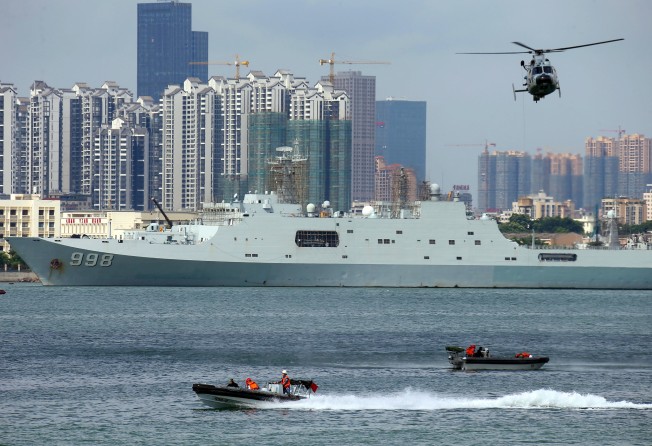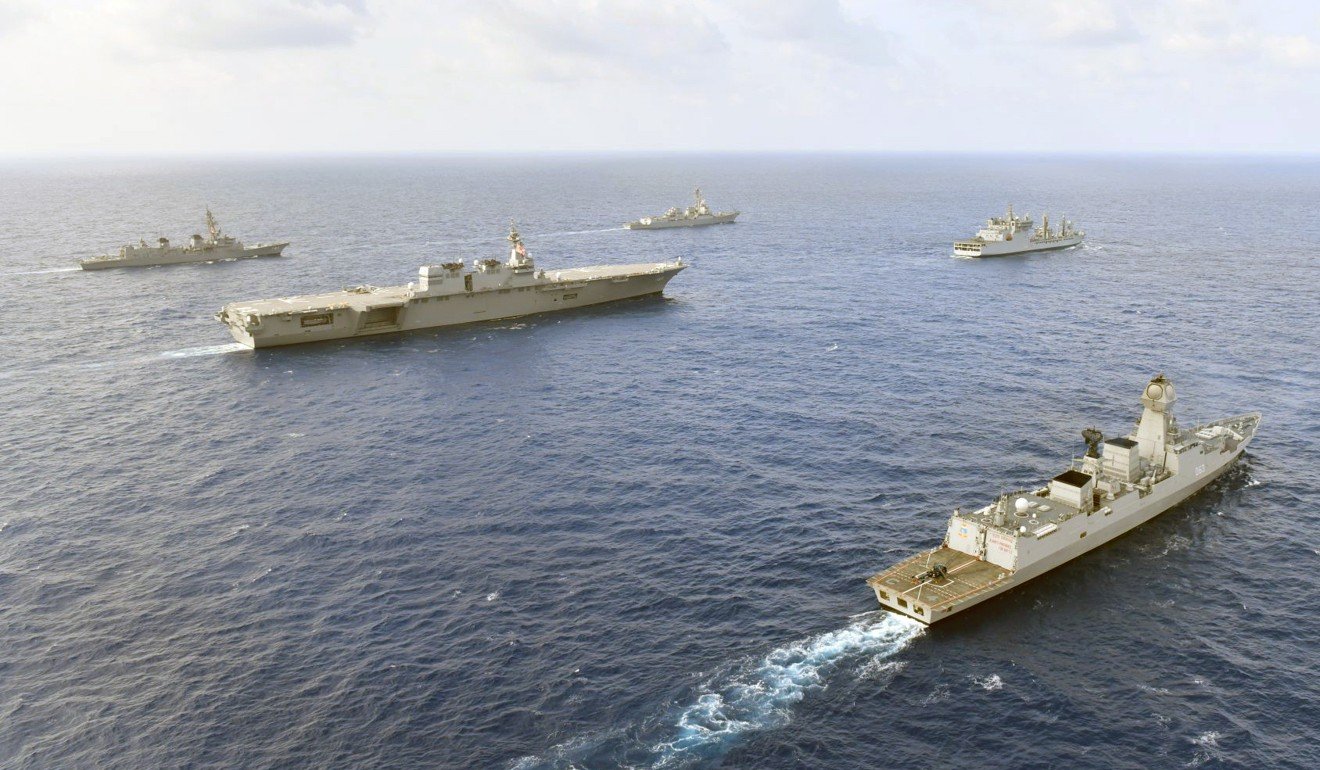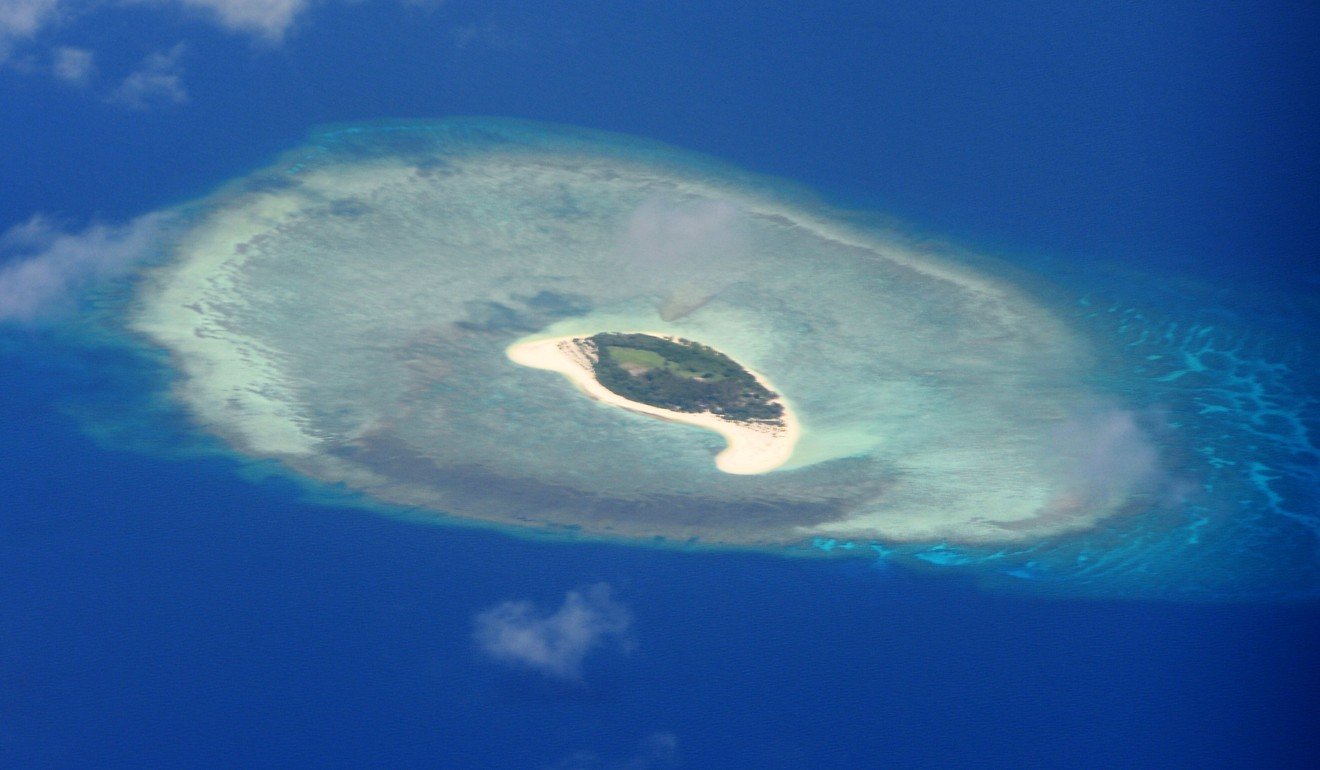
Should China be worried about the US-Asean sea drill?
- Scope of the Asean-US Maritime Exercise next week will be limited, to avoid giving Beijing any wrong idea about Southeast Asian countries joining a US-led China-containment scheme
- But it still sends a political signal about how Southeast Asian nations will approach South China Sea issues with Beijing

The upcoming Asean-US Maritime Exercise has fuelled various interpretations, with some trying to frame it in “black and white” terms – that Asean is shifting towards the United States instead of China, especially because this drill will come after the Asean-China Maritime Exercise last August. This interpretation misses the point about Asean’s long-standing policy towards major power engagement, which is one of inclusivity, not exclusivity.
And there are also nuances that may not have been apparent to some readers. A clear difference exists between “Southeast Asia” and “Asean”. Firstly, Southeast Asia is no monolithic region – it is essentially a collection of different countries each with its unique national contexts. Asean, being a bloc of 10 Southeast Asian countries, does not have any collective defence and security mechanism akin to what the European Union has with its Common Security and Defence Policy, save for common principles and visions laid out in the ever-expanding slew of Asean joint declarations. Individual Asean member states enact defence and security policies based on their national interests, and that also relates to their engagements with external parties.

Seen in this light, the Asean-US Maritime Exercise is not the first multilateral exercise between Southeast Asia and the US as some reports have claimed. As Prashanth Parameswaran, an expert on Southeast Asian security affairs, has pointed out, the US has long had multilateral exercises with Southeast Asian states, including the Cooperation Afloat Readiness and Training (CARAT) and the Southeast Asia Cooperation Training (Seacat) exercises.
He also pointed to efforts that have been undertaken over the past few years to both boost the complexity of these drills and to further multilateralise them as well – including one such proposal dating back to the later years of the Obama administration to hold the first US-Asean maritime exercise.
Not all Asean states have joined every iteration of Seacat since 2002. Myanmar joined only in 2017, for instance. The inaugural Asean-US Maritime Exercise will see all 10 states participating in a single setting involving at least eight ships along with aircraft. Not all will dispatch hardware to the drill, but those who do not will at least deploy personnel.
However, it is important not to compare this exercise with the Asean-China Maritime Exercise, which is significant in its own right. Several Asean states already have had rich experience engaging in bilateral and multilateral exercises with the US, but China is a relative newcomer to this game. One should also have to be realistic about the scope of the Asean-US Maritime Exercise.

Considering the disparities in capabilities and competencies between the 10 Asean countries and their maritime forces, as well as the political sensitivities involved, some Asean governments would not want to give Beijing any wrong idea about them joining a US-led containment scheme. It is more likely the scope of the Asean-US Maritime Exercise will cater to the “lowest common denominator”.
This may comprise ship manoeuvres, inter-bridge communications, medical evacuation, search and rescue, helicopter cross-deck training, and, increasingly emphasised these days, practice of the Code for Unplanned Encounters at Sea, promulgated back in 2014 to prevent and mitigate the consequences of close encounters between naval vessels.
Of course, having all Asean states participating means enhancing interoperability between their maritime forces with those of the US. More accurately, this exercise builds on the accumulated interoperability between Southeast Asian and US maritime forces. In short, the exercise is more symbolic than anything else. If anything, this allows the US to demonstrate its resolve to preserve freedom of navigation and overflight, and, more broadly, its long-standing and continued regional security commitment. It adds substance to the Indo-Pacific Strategy Report that was recently unveiled by the Department of Defence.
Equally notable is that notwithstanding the bilateral problems between some Southeast Asian governments and the US, such as the recent downturn in ties between Phnom Penh and Washington, there is clearly a consensus among all 10 member states that continued engagement with the US in the security realm remains crucial for regional peace and stability, even if only to uphold Asean’s advocacy for an inclusive regional architecture.

The anticipated scope of the Asean-US Maritime Exercise may not be worrisome for Chinese military planners, who should have long been familiar with the US military presence and security engagements in Southeast Asia. It is the political signal of this exercise that should be ominous insofar as the South China Sea issues are concerned.
In particular, China had put forth the following clause in the Single Draft Negotiating Text of the proposed Code of Conduct with Asean, that “parties shall not hold joint military exercises with countries from outside the region, unless the parties concerned are notified beforehand and express no objection”.
This exclusivity-driven proposal was not well received by a number of Southeast Asian governments because it impinges upon their sovereignty when it comes to the right to choose who and when to carry out joint military exercises with. Such engagements are viewed as important in building Southeast Asian national capacities to deal with a myriad of security challenges.
This being so, even though the Asean-US Maritime Exercise might first begin off the coast of the Gulf of Thailand, at Sattahip naval base in Chonburi province, the drills would reportedly extend to the tip of Vietnam’s southernmost province of Ca Mau. It is difficult to ignore the South China Sea dimension in this event, not when Beijing and Hanoi are locked in a maritime stand-off in the Vietnamese exclusive economic zone.
The Asean-US Maritime Exercise, similar to the one with China last year, asserts the bloc’s centrality and accentuates the notion of inclusivity over exclusivity in the regional security architecture. For that matter, Asean may be expected to hold similar multilateral exercises with other interested external powers. In fact, the more the merrier, to emphasise the need for an inclusive, not exclusive, security order in the region.
More than anything else, Asean may emerge as the biggest winner from this exercise. ■
Collin Koh is a research fellow at the S. Rajaratnam School of International Studies, based at Nanyang Technological University in Singapore. He primarily researches maritime security and naval affairs in the Asia-Pacific region